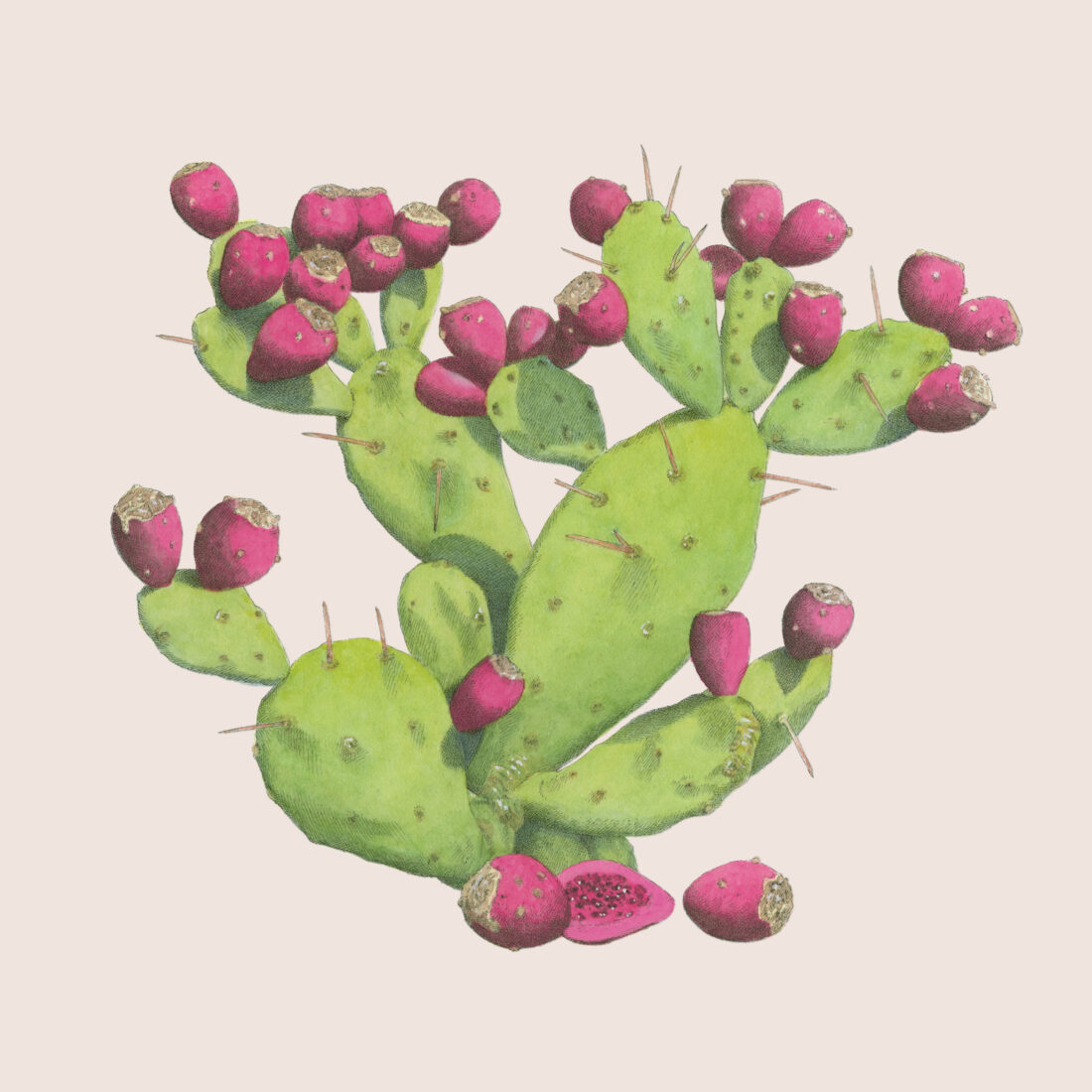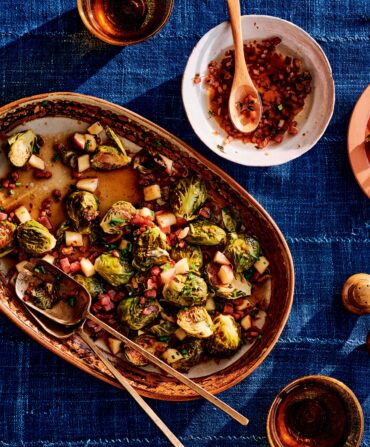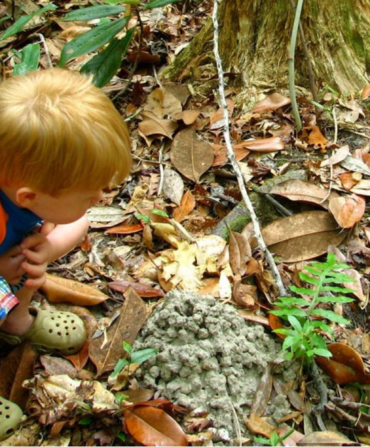Hermitage Farm in Goshen, Kentucky, has produced champion Thoroughbreds, but the nearly seven-hundred-acre estate can also claim another triumph: numerous gardens overflowing with veggies and fruit. “There’s something incredibly meaningful about creating dishes that reflect the land around you,” says Oscar Bello, the executive chef at the farm’s restaurant, Barn8. Among all that local produce, you might be surprised to see prickly pear cactus, which grows across the South. “Most folks don’t realize there’s a cactus native to Kentucky, so it turns into a great little learning moment during their visit.”

Bello first came across the spiky fruit of the cactus while working at José Andrés’s Oyamel in Washington, D.C. There, they called prickly pears “Mexican tuna” and used them in ceviche. “I was blown away by the deep red color and how meaty the fruit was,” he says. With a taste that’s described as watermelon mixed with a hint of bubble gum, prickly pears work well in cocktails, salsas, you name it. But when a pile arrives at the Barn8 kitchen, the restaurant maximizes the haul by turning them into jam (see recipe) that’s great for cookies, toast, a cheeseboard, or as a glaze for meats. “The result is this beautiful, vibrant preserve that really captures the flavor of the farm.”
If you can’t find prickly pear at the grocery store, give smaller Mexican or Asian markets a try—or plant some yourself and enjoy the fruit each year when it ripens in late summer. “It’s one of those ingredients you don’t think about until you try it,” Bello says. “But then you want to find ways to use it everywhere.”








